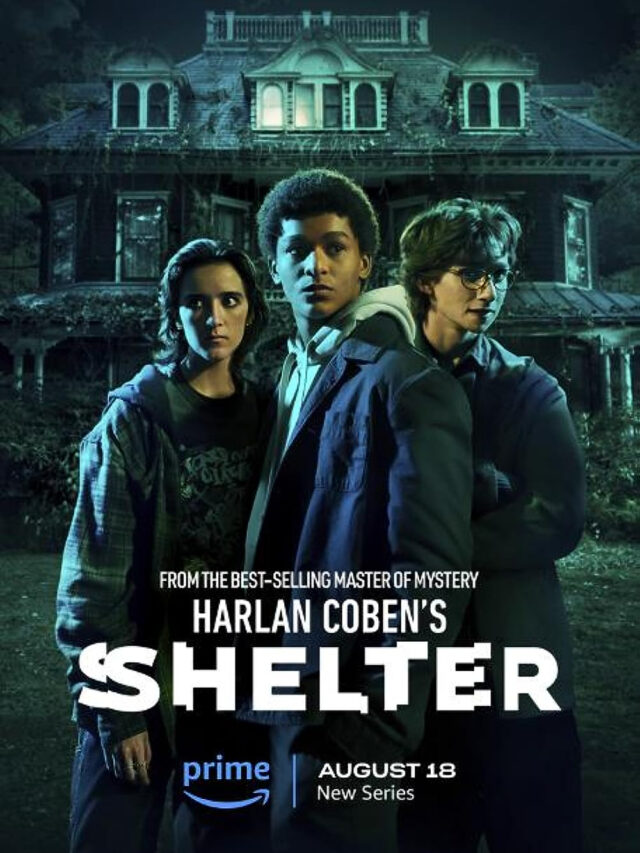Outlast, developed by Red Barrels, takes players on a spine-tingling journey through the eerie corridors of the Mount Massive Asylum, a nightmarish setting in Colorado. As journalist Miles Upshur, armed only with a handheld video camera, players explore this abandoned facility and uncover its horrifying secrets. Outlast masterfully captures the essence of found-footage horror films and translates it into an interactive gaming experience.
This review will delve deep into the terrifying world of Outlast, exploring its gameplay mechanics, narrative, strengths, and weaknesses. We will analyze how the game successfully adapts the found-footage genre, discuss its visceral and gruesome imagery, examine its gameplay dynamics, and evaluate its overall impact on the horror gaming landscape.
Outlast: The Found-Footage Horror Experience
Outlast is a pioneer in the video game industry for its exceptional adaptation of the found-footage genre, popularized by films like “The Blair Witch Project.” Unlike most found-footage films, which employ shaky camerawork and low budgets as a necessity, Outlast seamlessly incorporates these elements into its gameplay mechanics.
In the role of journalist Miles Upshur, players are constantly recording their nightmarish journey through the asylum. This commitment to documenting every horrifying moment is a testament to Upshur’s journalistic dedication, even in the face of unimaginable terror.
The handheld camera serves a dual purpose—it is not merely a narrative tool but a lifeline for players. With the ability to zoom in and out and toggle night vision, the camera becomes essential for navigating the asylum’s pitch-black depths. However, the use of night vision comes at the cost of battery life, forcing players to scavenge for replacements throughout the game. This mechanic intensifies the tension, as players find themselves carefully managing their limited resources while desperately trying to evade pursuing threats.
Visceral Horror Imagery
Outlast distinguishes itself by confronting players with grotesque and repulsive imagery that pushes the boundaries of conventional video game horror. It doesn’t shy away from graphic depictions of violence and gore, often going further than what games typically dare to portray.
The horror in Outlast is relentless, subjecting players to unsettling and horrifying scenes that leave a lasting impact. While some of the gore may appear slapstick due to graphical limitations, the game’s unwavering commitment to adult horror themes deserves commendation. It dares to explore the darkest corners of the horror genre, ensuring that players are constantly on edge and genuinely terrified.
However, Outlast’s gore isn’t always effective. Due to the limitations of graphics and animation, some moments that could have been horrifying instead come across as comical. Additionally, the game occasionally repeats disturbing imagery, causing it to lose its initial shock value. Nevertheless, the developers should be praised for their boldness in creating a game that doesn’t shy away from mature themes.
Gameplay Mechanics and Immersion
Outlast’s gameplay mechanics are designed to immerse players in its terrifying world. The use of a handheld camera as the primary tool adds a layer of vulnerability. Players are often compelled to record disturbing events, even as danger lurks around every corner. This constant documentation creates a sense of helplessness, emphasizing the game’s focus on survival rather than confrontation.
The night vision mechanic is a standout feature, as it becomes the player’s lifeline in the pitch-dark asylum. The tension escalates as you watch the battery indicator, knowing that a drained battery can leave you defenseless in the dark. This mechanic encourages strategic gameplay and resource management, adding depth to the overall experience.
The asylum’s environment is meticulously crafted, with eerie details that contribute to the immersive horror. Decaying walls, flickering lights, and unsettling graffiti enhance the sense of dread. The audio design is equally effective, with chilling ambient sounds and unsettling whispers that keep players on edge.
Narrative Depth and Character Development
While “Outlast” excels in creating a terrifying atmosphere, its narrative depth and character development leave room for improvement. The game’s premise of investigating an asylum with a dark past offers great potential, but the execution falls short of delivering a truly engaging storyline.
Miles Upshur, the protagonist, lacks substantial characterization, and players may find it challenging to connect with him on a deeper level. His motivations are primarily centered on survival, and his journalistic background remains largely unexplored. Developing Upshur’s character further and providing insight into his past could have added emotional depth to the narrative.
The supporting cast of characters encountered within the asylum also lacks depth. Many serve as mere vessels for jump scares and threats, missing opportunities for compelling storytelling. A more intricate exploration of the asylum’s history and the individuals within it could have added layers of intrigue to the plot.
Moreover, “Outlast” relies on a series of predictable horror tropes, such as jump scares and encounters with monstrous entities. While these elements contribute to the game’s immediate scares, they do little to advance the overall narrative or provide a deeper understanding of the asylum’s mysteries.
Artistic and Visual Design
One of “Outlast’s” strengths lies in its artistic and visual design. The developers have meticulously crafted the Mount Massive Asylum, creating a foreboding and unsettling atmosphere. The decaying architecture, blood-smeared walls, and grotesque scenes convey the asylum’s descent into madness effectively.
The use of lighting is particularly noteworthy. Dimly lit corridors and flickering lights contribute to the game’s oppressive ambiance, while the contrast between light and shadow enhances the sense of vulnerability. The developers’ attention to detail is evident in the environmental storytelling, where players can piece together the asylum’s tragic history through visual cues.
Character and creature design also contribute to the game’s horror. The grotesque appearances of the pursuing entities and their erratic behavior intensify the feeling of dread. Their design is both horrifying and memorable, adding to the overall impact of the game.
Technical Aspects and Sound Design
“Outlast” maintains high production values in terms of technical aspects and sound design. The game’s graphics, while not groundbreaking, effectively convey the eerie atmosphere of the asylum. The character animations and environmental details are well-executed, contributing to the overall immersion.
The sound design plays a crucial role in enhancing the horror experience. Eerie ambient sounds, unsettling whispers, and the distant cries of unseen horrors create a sense of unease that persists throughout the game. The audio cues for impending danger and the unsettling soundtrack further heighten the tension.
Conclusion and Final Thoughts
In conclusion, “Outlast” is a chilling and immersive horror game that successfully adapts the found-footage genre into interactive gameplay. Its clever use of a handheld camera and night vision mechanics adds layers of tension and vulnerability, making it a standout title in the horror genre.
However, the game falls short in terms of narrative depth and character development. While it excels at creating a terrifying atmosphere, the plot and character motivations remain underexplored, limiting player engagement.
Despite its narrative shortcomings, “Outlast” is a must-play for horror enthusiasts. Its meticulous artistic design, technical excellence, and sound design contribute to a genuinely spine-tingling experience. Whether you’re navigating the asylum’s decaying corridors or desperately conserving battery life, “Outlast” offers a visceral and memorable journey into the heart of fear.






























